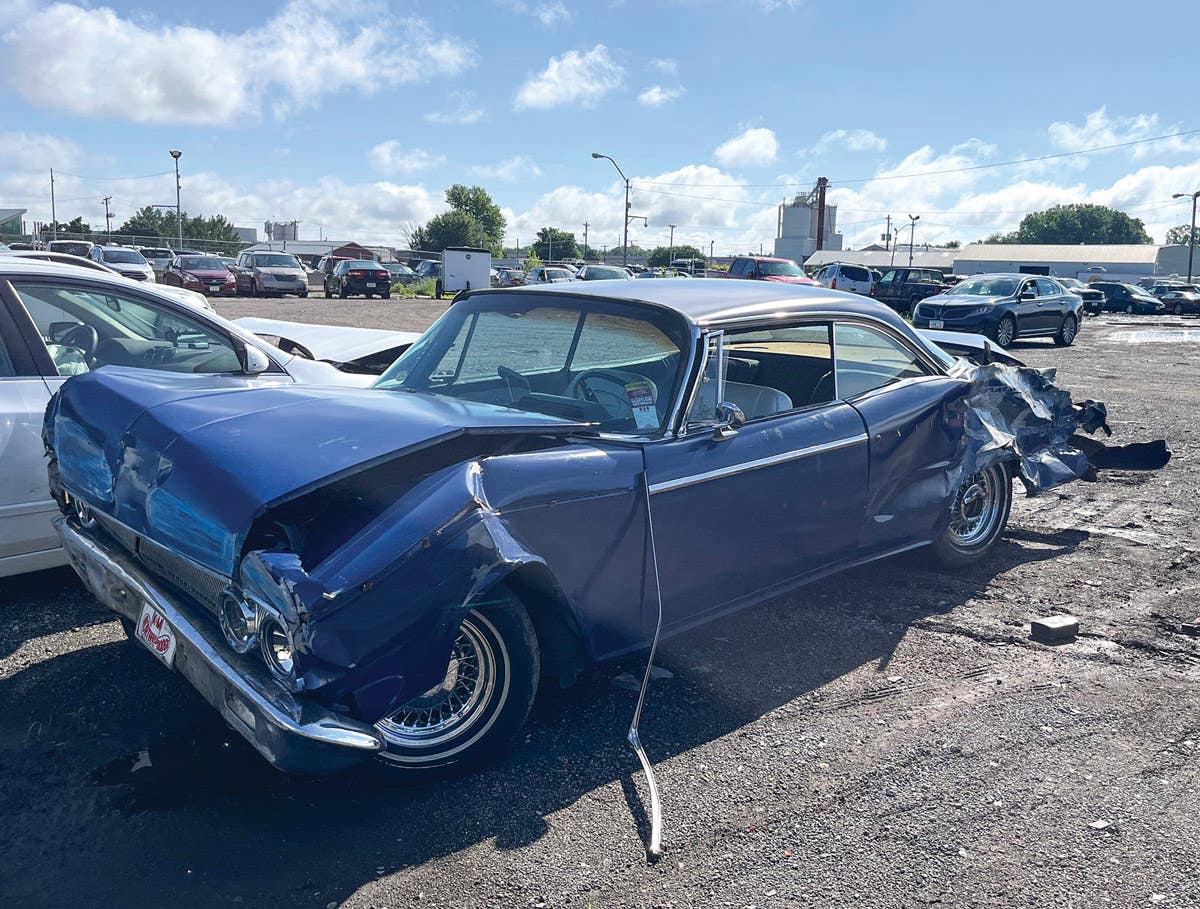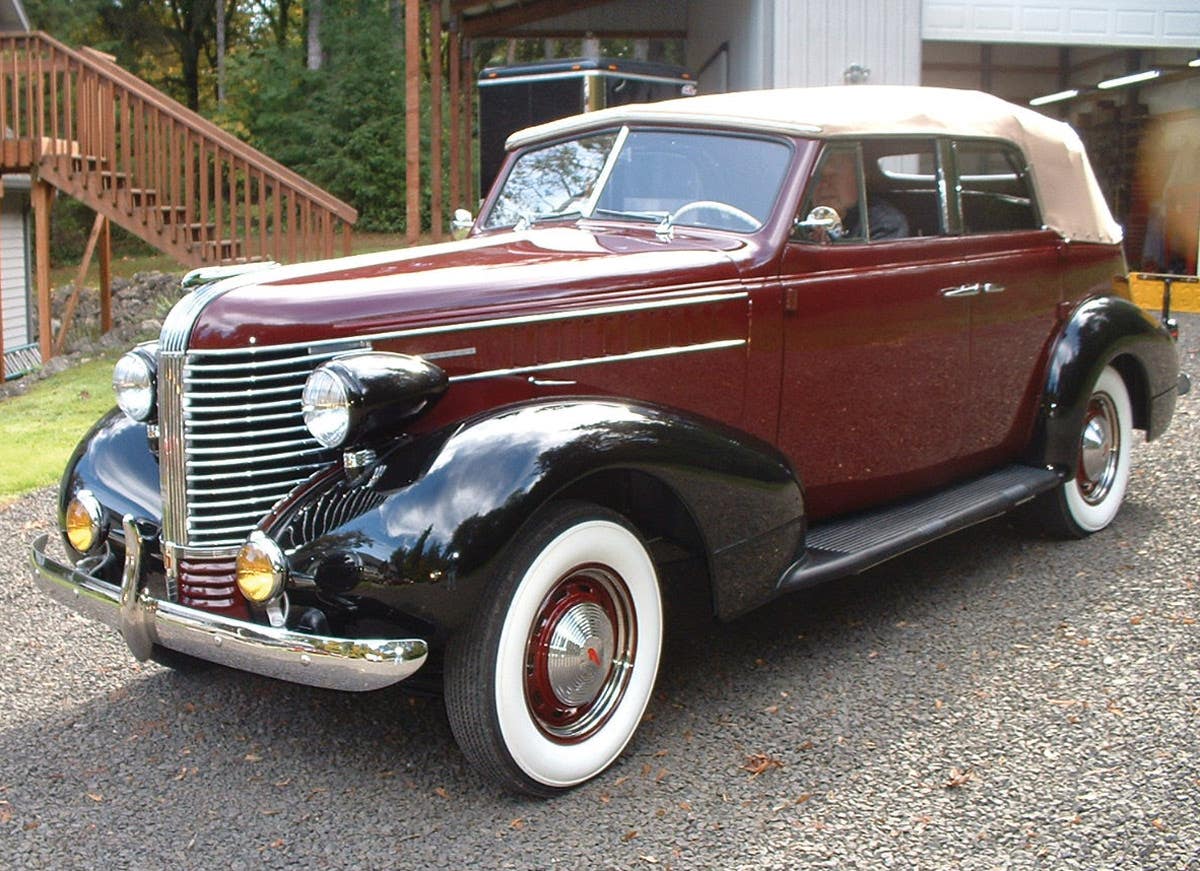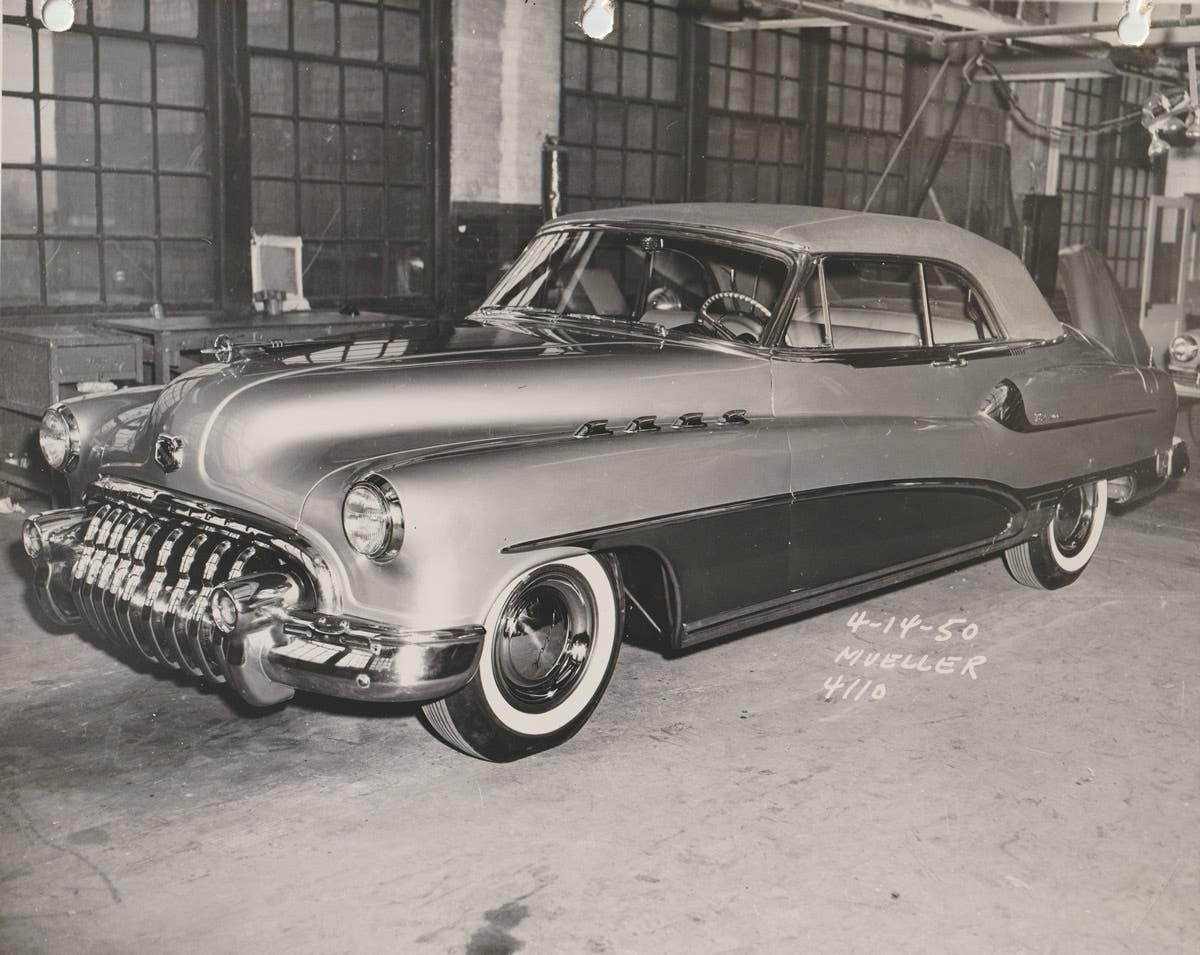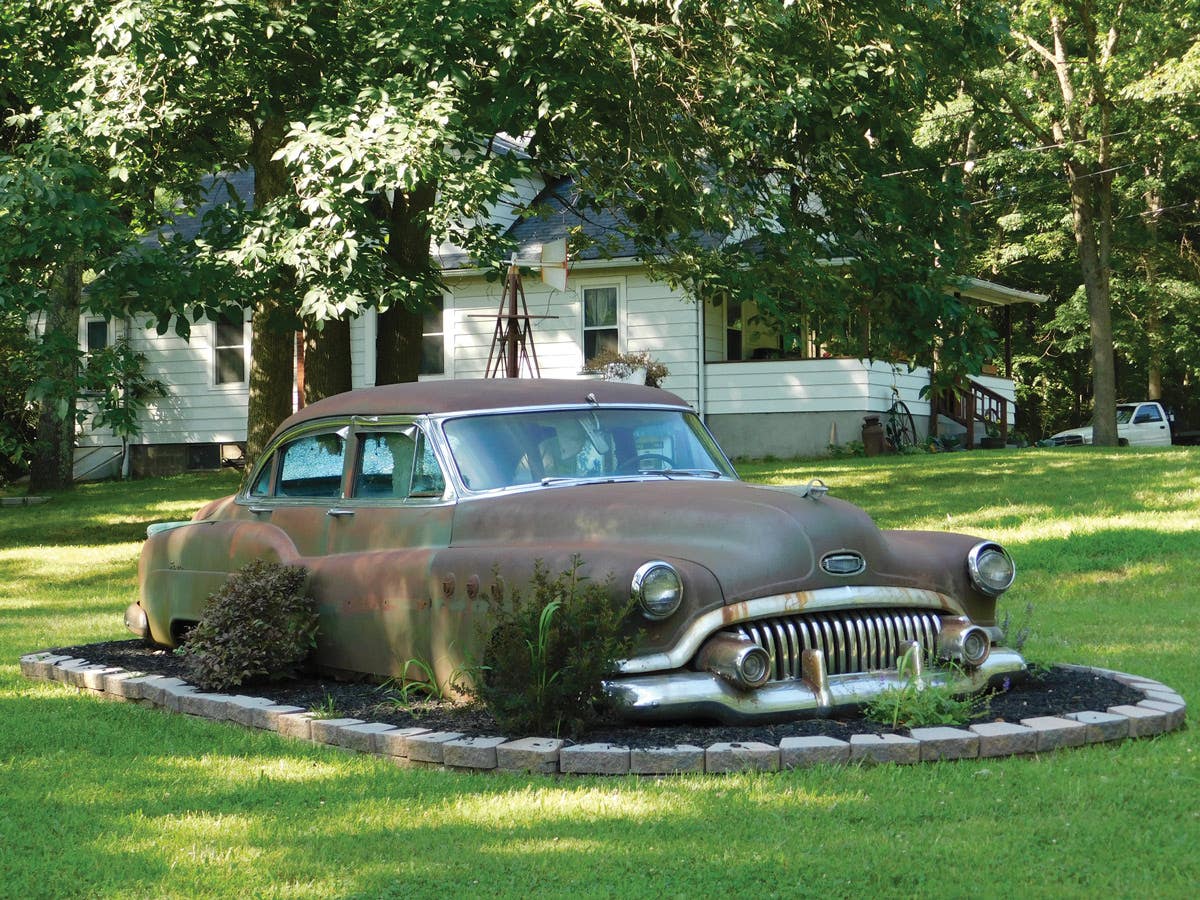Finally finished ‘Vette
1962 Corvette restoration serves as a posthumous tribute.
By Mike Martin
On Aug. 13, 2016, Judy and her son Kendrick drove their 1962 Chevrolet Corvette for the first time in more than 35 years. This special car was purchased by Judy’s husband, Tom, in 1978 and the car was last driven in 1980. Judy is an industrial engineer and Tom a mechanical engineer who grew up in the muscle car era. A car lover his entire life, Tom was especially interested in first-generation “C1” Corvettes (1953 to 1962).
Tom had a chance to purchase a 1962 Corvette in 1978 and he did just that. The car had been last owned by a fellow in Copiah County, Miss., and had seen some racing action toward the end of its first lifetime. Once Tom had possession of the car, he immediately started thinking about getting it back to a street driver and, later, about doing a complete restoration. He started collecting parts for the restoration in the 1980s and 1990s and continued through 2014. The car was in relatively good condition when Tom bought it all those years ago. Tom moved three times, taking the car with him to every new home.
Tom eventually married and a family soon came along and as it often does, his plans to restore his ’62 Corvette slowed down. His priority was spending time with his daughter Christel and his son Kendrick and, eventually, his grandchildren.
The Corvette was built with a 340-hp 327-cid V-8 engine with high-performance cylinder heads, intake manifold, carburetor and camshaft. This engine was second in horsepower only to the top fuel-injected 327 engine in 1962. The car had its original Borg-Warner four-speed manual transmission and both a convertible top and a removable hardtop. There were few power accessories offered in 1962 and so such options as power brakes and power steering were not even available. The same was true for air conditioning. Although silver when new, the car had been through a succession of colors — first black, then red and finally white. The interior was black.
Tom developed cancer in 2005 and after a courageous fight, he passed away in April 2015. His plans for restoration of the Corvette were never far from his thoughts and he left scores of notebooks and copies of letters and then emails showing his search for correct parts for this Corvette. Even during the last few weeks of his life, Tom enjoyed researching correct number parts online and updating his Corvette restoration planning files.
The original engine for the Corvette was long gone. Trying to keep the Corvette as authentic as possible to its original manufacture, Tom found a correctly numbered 327 engine block in Wisconsin. Not only was it correctly numbered, it also had a casting date that closely matched the manufacture date of the Corvette itself. The same was true of the correct cylinder heads, intake manifold, high-performance exhaust manifolds and many other parts, including a high-performance NOS forged crankshaft still in its original shipping box from 1962.
Another item that Tom purchased was a complete 1961 Corvette! This car was in pieces and stored in a local self-storage facility. Opening the door of this storage stall was akin to the opening of King Tut’s tomb. This car had a good body on a good frame with 50 percent of its original parts; it sold quickly to a Corvette guy who had owned several early-’60s Corvettes, but had let all of them get away. He will keep this one, which he is restoring.
After Tom passed away, Judy began to think about what she should do with both the ’61 and the ’62. Selling was an option as these C1s are quite desirable and bring some pretty big money. She also thought of having the car restored and then driven and shown by her children. At the forefront of the decision process was the family’s desire to honor Tom and to realize the dream he had for the car: to restore it with the correct parts he had acquired through the research that he had enjoyed completing for so many years.
Some friends put Judy in touch with me, a retired guy that does some restoration work on classic cars as a hobby. Judy and I discussed her plans for the Corvette and to see what might be possible. After discussing costs and build times, Judy decided to proceed with a full body-off-frame, nut-and-bolt restoration. Work began on Jan. 9, 2016. After some discussion and contemplation, Judy asked that the car be painted black. She asked that as many of the original parts for the car be used in the restoration.
Disassembly began and the car was taken completely apart. Tom’s correct engine was torn down and brought to a competent local machine shop for machining and balancing. New pistons, rods, bearings, and camshaft with a grind very similar to the original were installed with an eye toward dependability and driveability. The body was removed from the frame with the thought that it would be finished first. The frame was sandblasted and then primed and painted. The engine was then mounted in the frame along with the rebuilt transmission and completely rebuilt front and rear suspension. The exhaust system was mounted along with some electrical wiring. New brake and fuel lines were installed as was a rebuilt original gas tank. The new radiator and its shroud were installed. Then the complete unit was wrapped in plastic wrap to protect all the as-new surfaces from the paint and body work that was to come on the body.
There are many vendors that carry parts for early Corvettes, so getting most of the parts needed was not an issue. Paying for them is the issue!
The complete body was returned to the frame and body work began. The car had experienced a small crash or two through the years and its fiberglass body showed signs of resulting damage, especially on the underside of the various panels. All of this was repaired to as close to as new as possible.
The body had been stripped to the original fiberglass in one of its previous paintings, so it was not necessary to strip it again. The original body had many waves in it and there were many, many small hairline cracks in the fiberglass, especially around the openings for the trunk and hood, and these had to be addressed. The work took the car to a point where it was ready for painting. It was decided that more of the reassembly would take place, including getting the car into a running and operating status, before the final paint was applied.
At that point, some of the interior was installed along with all of the new wiring. In a nod to comfort, a new air conditioning system was installed. The instrument cluster and windshield wiper motor had been sent off for rebuilding and these assemblies were reinstalled. The engine was started and run to break in the camshaft. The brakes were made operable along with the steering.
The car was masked where necessary and final prep for painting was completed. The car was then primed with epoxy primer and wet sanded prior to final painting. Axalta (DuPont) paints, primer and clear coat were used in the painting process. Once painted and clear coated, the final paint was wet-sanded with 1000-, 1500-, 3000- and 5000-grit sandpaper, resulting in a very nice finish. The Corvette was then buffed for final assembly with the bumpers, trim, lights, windshield frame, glass, interior, etc., installed. The car is considerably more straight and slick than how a new ’62 Corvette would have been produced in the General Motors St. Louis assembly plant.
Judy and Kendrick were finally able to drive the car and were excited about the finished vehicle.
Tom had a plan in mind for his special 1962 Corvette from the time he purchased it. He never saw that plan realized, however, through the efforts and interest of his wife and family, the car stands as a rolling tribute to Tom.
*As an Amazon Associate, Old Cars earns from qualifying purchases.







